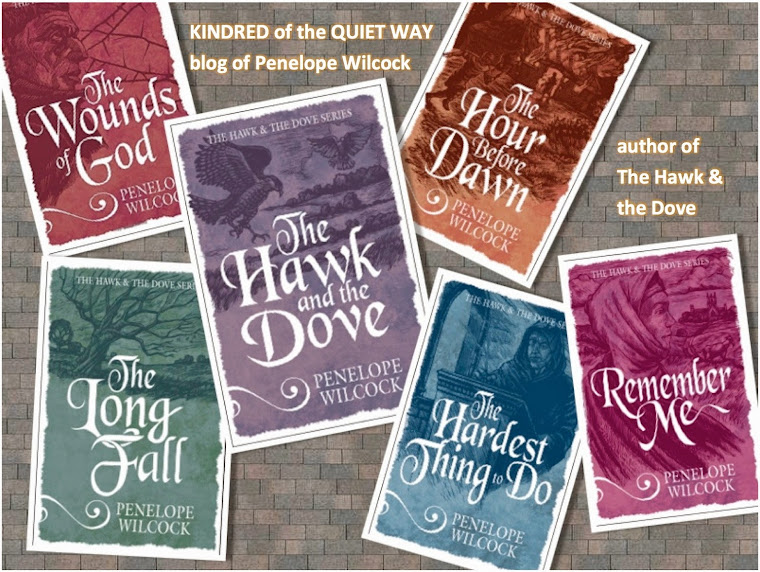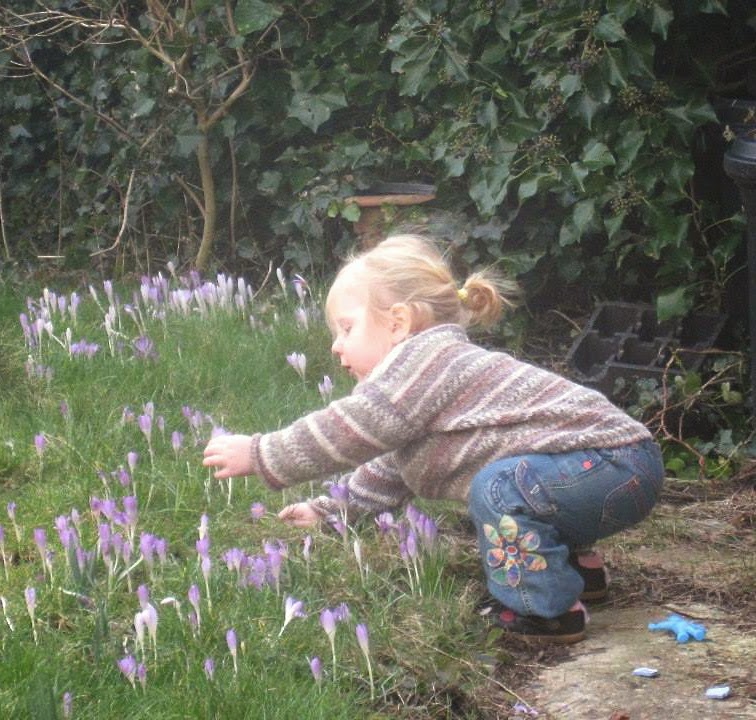Friends,
a thought has come to me.
In
the last year or so I have gone less and less to church, and that grieves me. I
never thought it would happen. But two things have changed – one is me and the
other is the church.
As
I grow older, through middle age and onwards toward old age, I find myself
(whether I welcome it or not) following the same trajectory as my father did,
needing solitude and quietness, avoiding groups and gatherings. I love my
family and my friends, and I delight in the theology group that meets at our
house. I find parties difficult, and anything multi-stranded where there are
several personalities to concentrate on at once, and the space is full of
stimuli. I feel so intensely the power (I don’t mean they are dominating or
strident, I just mean their soul vibration) of each person I meet that it makes
going to church difficult – many people want to greet me, often with special
voices on communicating something about my not having been for so long. They
are kind and loving but it feels unbearable and I can’t face it. I love the
prayers and hymns, the communion; and in Quaker meeting I love the silence and
the Light. But the web of interactions is too strongly felt, so that most of
the time I cannot muster the force to encounter it.
So
I have changed, but so has church. It used to be not a very social occasion,
focusing on prayer and singing and quiet homilies, then going home. It has
changed – and for the better, I’m sure – to feature more variety, electronic
media, opportunities to interact, and a greatly increased focus on community
and friendship. And inclusiveness (for which I worked so hard in my own time as
a minister of religion) has brought a change in ambience, with children playing
in a loud and lively manner, Church is, among other things, community. I don’t
regret or object to these changes, but the end result is something I can’t
relate to.
Quaker
meeting is lovely, but it is not particularly Christian. If you see what I
mean, I’m fine with people not being Christian but I would choose for the
worship to be Christian. As it is in our Theology Group; you don’t have
to be a Christian to come, but it is Christian theology we study and discuss. I
love Buddhism and Taoism; I am so grateful for them, they have taught me as much
as I have learned in church about how to live as a Christian. But I don’t want
to become an actual Buddhist or Taoist, because for me Jesus is the centre.
I
miss the quiet gathering for worship of God in Jesus. I miss it a lot.
And
the thought came to me today of Quiet Church. I googled to see if anyone else
had thought of it and is doing it, and it seems that within the context of
regular church communities there is a phenomenon of Quiet Church – basically a
bit like Quaker Meeting or a Julian meeting. Just sitting together in silence.
But that’s not really what I mean.
If
we could ever have a musical accompanist – pianist or guitarist, I’d be happy
to sing a hymn or song or chorus. I’d like sometimes if we could break bread in
an agape. I’d be happy to use a
minimalist liturgical form sometimes. I’d be happy to include an exposition of
a scripture.
What
I have in mind is just a gathering you could come to, similar to a prayer
meeting I suppose, an hour long and no longer, with no refreshments or socializing,
only for the worship of God. No money involved – no plant to maintain or
preacher/musician fees. Just the people, just in our home.
And,
to be clear, this would be inclusive church. Anyone could come who loves Jesus
and can sit quietly for an hour. I know babies can wake up and fuss a bit in
worship, but the occasional squawk from a baby would be okay, and it would be
fine for a mother to breastfeed. Just so long as it was all held within the
peace. No chatting, no commotion. And LGBTQ friends would of course be most
welcome.
Low-key, peaceful. One hour. Quiet. Holy. On a Sunday morning.
Perhaps not every week. Maybe once a month.
What
do you think?






